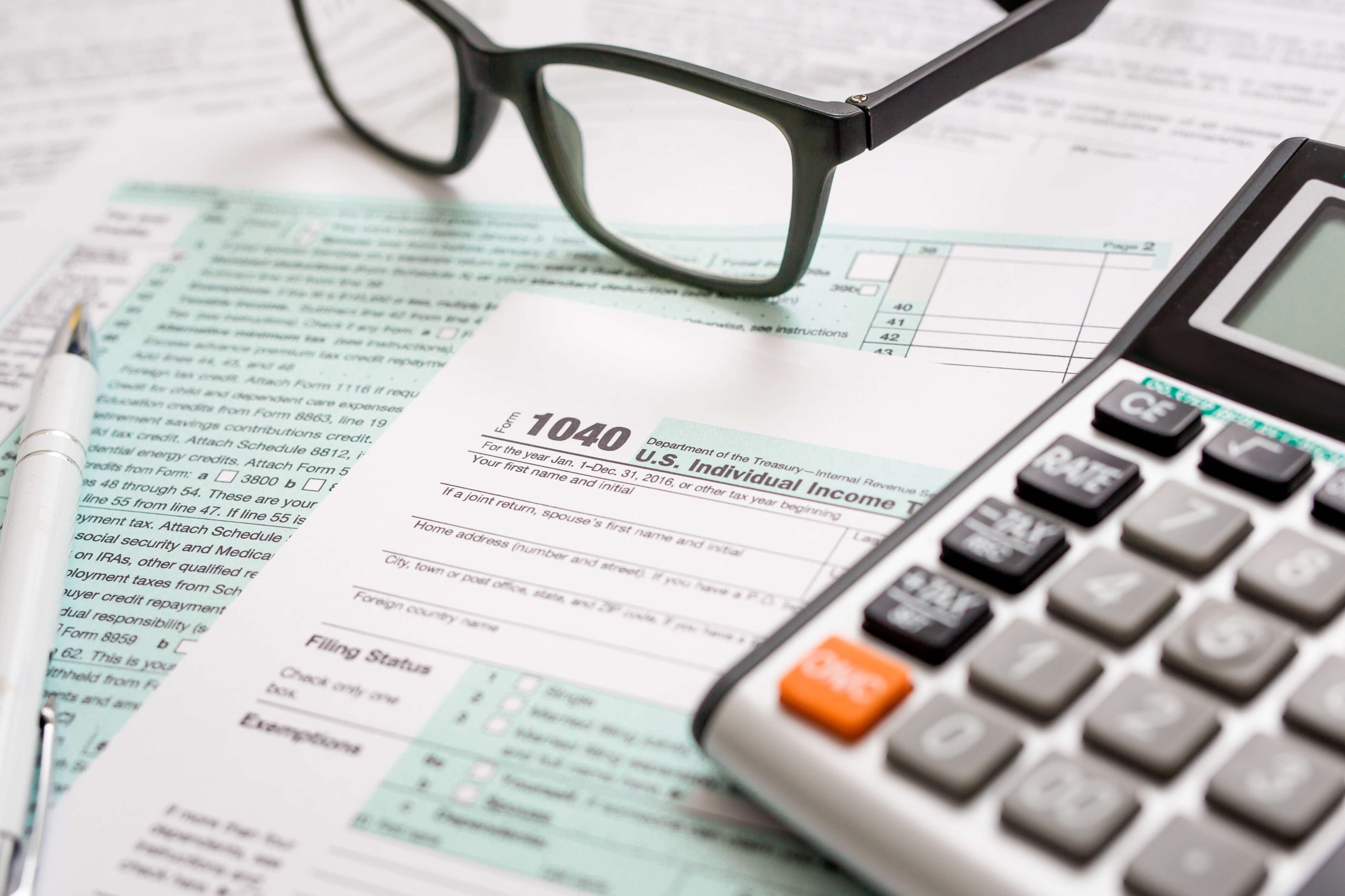Quick Hits
- The IRS and Treasury Department recently published guidance to clarify how employees may calculate their tax deduction for tips and overtime pay for the 2025 tax year when they have limited information.
- The guidance shows examples of common situations, such as a bartender with reported and unreported tips, a self-employed travel guide who received tips on digital payment apps, and a law enforcement employee who is paid overtime on a “work period” basis of fourteen days.
Under the 2025 budget reconciliation bill, workers who customarily and regularly receive tips can deduct up to $25,000 in tips from their income subject to federal income tax starting on January 1, 2025, through December 31, 2028. The deduction does not apply to workers earning more than $150,000 per year (for single filers) or $300,000 (for joint filers). The IRS issued a list of eligible tipped occupations, including bartenders, waitstaff, cooks, dishwashers, bakers, gambling dealers, dancers, musicians, concierges, hotel housekeeping staff, hairdressers, barbers, massage therapists, and nail technicians.
Similarly, workers can deduct up to $12,500 or $25,000, depending on their filing status, in overtime pay from their income subject to federal income tax, starting on January 1, 2025, through December 31, 2028. This deduction applies only with respect to the overtime premium required under the Fair Labor Standards Act (FLSA).
Reporting Requirements for Employers
To enable their employees to take individual tax deductions, employers are required to report qualified overtime compensation and tips on the employees’ Forms W-2. However, the IRS granted transition relief for this reporting requirement for tax year 2025, stating that employers will not be penalized for failing to report cash tips and overtime compensation in the manner required by the latest federal budget reconciliation bill. The IRS still encourages employers to make the information available to their employees in 2025 through an online portal, additional written statements, or (in the case of overtime compensation) in Box 14 of Form W-2.
Reporting Tips
The IRS guidance released for individual taxpayers instructs them on how to use the tax information and tips data already available to them to claim the individual tax deduction for cash tips when their employer does not provide a separate reporting statement for the cash tips.
For example, a restaurant server whose 2025 Form W-2, box 7, reports $18,000 in tips can deduct a total of $18,000 in income for tax year 2025.
Meanwhile, a bartender reports $20,000 in tips on Form 4070 and $4,000 of unreported tips on Form 4137, line 4. His Form W-2 reports $20,000 in box 1 and $15,000 in box 7. He can use either the $15,000 in box 7 of Form W-2, or the $20,000 of tips reported on Form 4070 in determining the amount of qualified tips for tax year 2025. Either way, he also can include his $4,000 in unreported tips from Form 4137, line 4, in the tax deduction.
If a self-employed travel guide received $7,000 in tips through digital payment apps, he can include that amount in calculating his tax deduction for tips, if he has a log that shows each date, customer, and tip amount.
Reporting Overtime
Similarly, the IRS guidance instructs employees on how to claim the individual tax deduction for qualified overtime compensation when their employers do not provide a separate reporting statement of qualified overtime compensation. “Qualified overtime compensation” is defined as overtime pay required under Section 7 of the Fair Labor Standards Act of 1938 (FLSA)—that is, pay for hours worked in excess of forty in a workweek, at a rate not less than one and one-half times the regular rate of pay.
Individual taxpayers must first make a reasonable effort to determine whether they are considered FLSA-eligible employees, which may include asking their employers about their status under the FLSA. The IRS then instructs FLSA-eligible individual taxpayers to calculate their own amount of qualified overtime compensation based on documents, such as earnings or pay statements, invoices, or similar statements that support the determination. Employees are instructed to use the available overtime payroll information and apply an FLSA overtime premium calculation to determine qualified overtime compensation.
For example, if an employee has a pay statement at year’s end that reports the aggregate overtime compensation paid at a rate of one and one-half times earned for work in excess of forty hours in a week, the employee may calculate qualified overtime compensation by dividing the aggregate overtime compensation amount by three to determine the FLSA premium that is considered qualified overtime compensation. The aggregate overtime compensation amount would be divided by four if the employee was paid at a two-times rate.
Meanwhile, a state government employee received compensatory time at a rate of one and a half hours for each overtime hour worked. She was paid $4,500 for compensatory time off based on her overtime. She can include $1,500, or one-third of these wages, to calculate the tax deduction for overtime pay.
Next Steps
To reflect the changes in the 2025 budget reconciliation bill, the IRS is still in the process of updating Forms W-2, 1099-NEC, 1099-MISC, and 1099-K. Therefore, no changes will appear on the 2025 Form W-2, Form 1099-NEC, Form 1099-MISC, or Form 1099-K.
The IRS has encouraged employers to provide tipped employees with occupation codes and separate accountings of cash tips to help them correctly claim the deduction for qualified tips for tax year 2025. Likewise, it has encouraged employers to provide employees with a separate accounting of overtime pay, allowing them to properly claim a deduction for qualified overtime pay for tax year 2025.
However, employees now have instructions from the IRS on how to calculate their own qualified overtime compensation and cash tips that are eligible for individual income tax deductions regardless of their employers’ tax information reporting.
Ogletree Deakins’ Employment Tax Practice Group and Wage and Hour Practice Group will continue to monitor developments and will provide updates on the Employment Tax and Wage and Hour blogs as new information becomes available.
Michael K. Mahoney is a shareholder in Ogletree Deakins’ Morristown office.
Stephen Kenney is an associate in Ogletree Deakins’ Dallas office.
This article was co-authored by Leah J. Shepherd, who is a writer in Ogletree Deakins’ Washington, D.C., office.
Follow and Subscribe
LinkedIn | Instagram | Webinars | Podcasts







